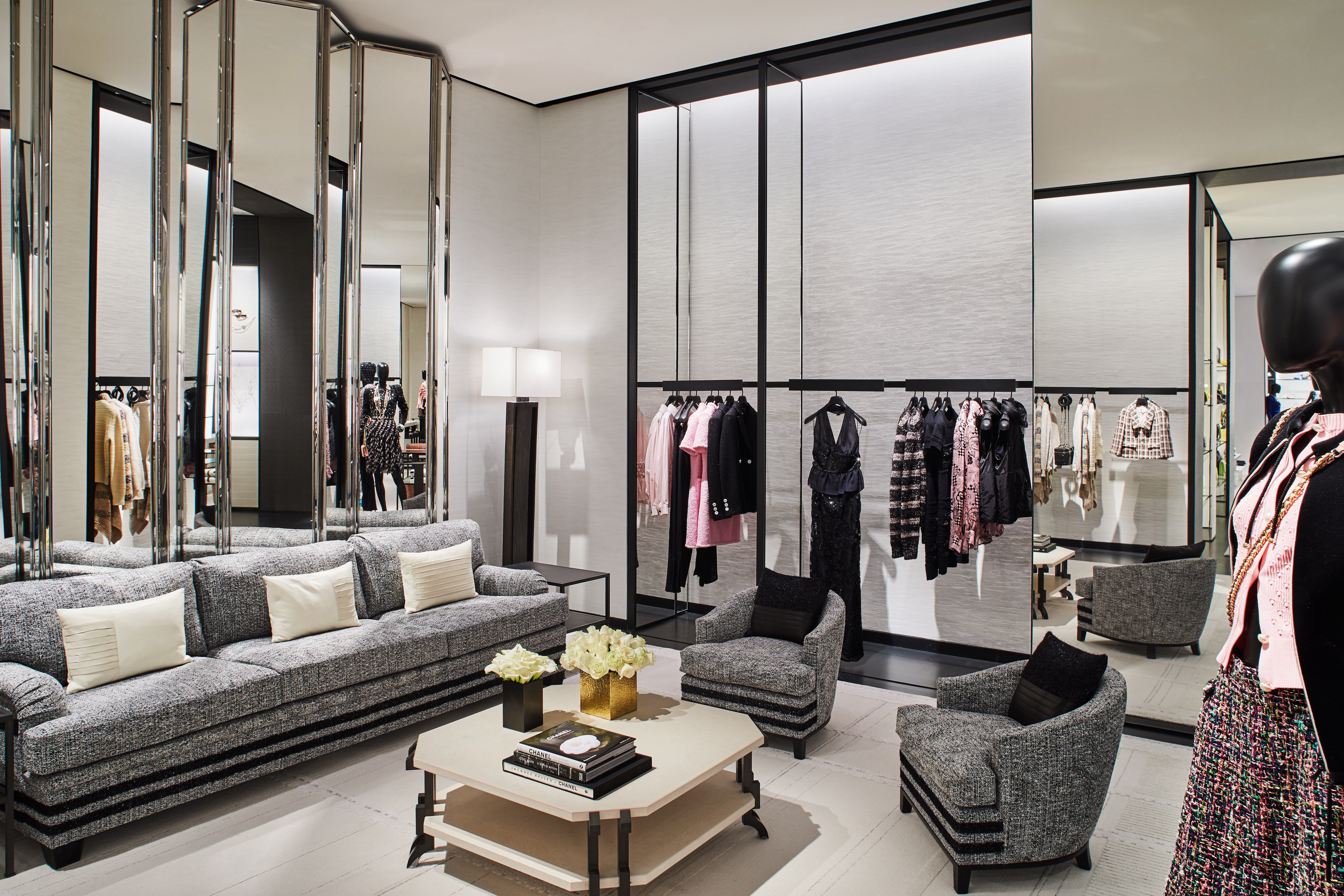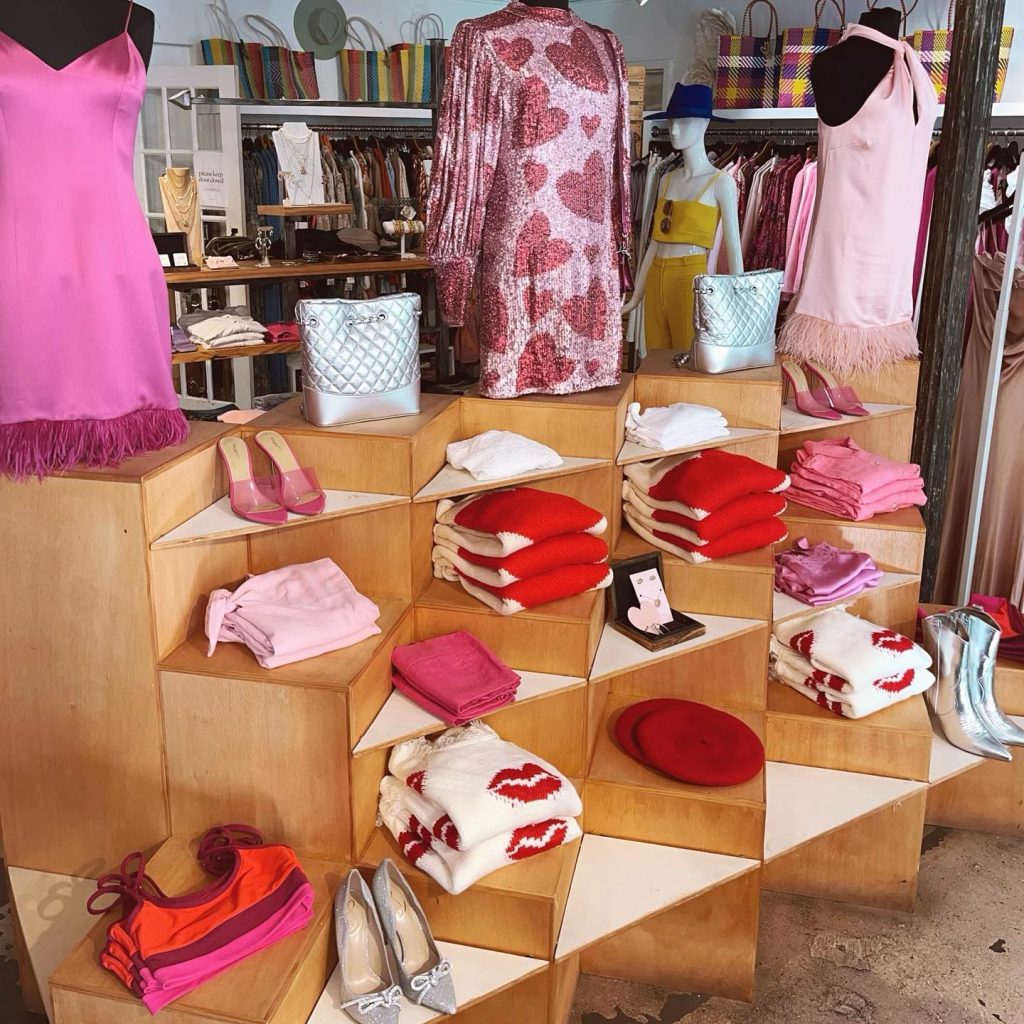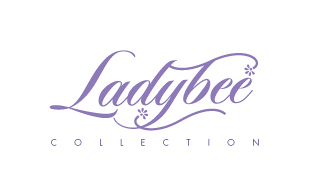Leading 10 Must-Have Item from Your Fave Boutique Fashion Shops
Discovering the Evolution and Effect of Apparel on Modern Style Trends
The advancement of clothing has substantially affected modern-day fashion fads, merging historical criteria with advanced advancements. Famous figures like Coco Chanel and Yves Saint Laurent revolutionized the fashion business by presenting ideas that prioritize convenience and access, which remain to resonate today. Technical strides in areas such as 3D printing and smart textiles are redefining layout opportunities and consumer experiences (boutique fashion). Additionally, the growing focus on inclusivity and sustainability is reshaping sector criteria. As we think about these multifaceted influences, one must wonder about how these elements jointly redefine style's role in mirroring and shaping modern culture.
Historic Style Influencers
In the tapestry of style history, certain figures have left an indelible mark, shaping the fads and styles that specify whole eras. Coco Chanel, an innovative developer, redefined women's style by introducing comfortable, stylish garments that left from restrictive corsets. Her renowned Chanel suit and little black outfit have actually ended up being classic staples in closets worldwide. Similarly, Christian Dior's post-war "New Look" in 1947, with its event of womanhood with full skirts and cinched waists, noted a return to opulence and has remained to influence developers.
Elsa Schiaparelli is another crucial number, renowned for her avant-garde designs that integrated surrealist art, teaming up with Salvador Dalí to create whimsical items that challenged traditional aesthetics. Her ingenious usage of color and vibrant patterns reverberates in modern fashion. Yves Saint Laurent, meanwhile, democratized high style with prêt-à-porter collections, bringing runway styles to the masses and setting a precedent for contemporary ready-to-wear lines.
These dreamers, amongst others, not just reinvented style in their times however likewise set enduring patterns that resonate in today's garment industry, giving a structure whereupon modern designers remain to construct and introduce. Their legacies underscore the relevance of creativity and bold in vogue's ever-evolving story.
Technological Improvements in Style
Among the dynamic landscape of the garment industry, technical advancements stand at the leading edge of innovation, improving how developers create and customers engage with style. The combination of 3D printing has reinvented layout processes, enabling developers to trying out intricate structures and lasting materials that were formerly inconceivable. This technology assists in fast prototyping, decreasing waste and speeding up production times.

Smart fabrics, installing technology right into textiles, are also transforming the market. Innovations like temperature-regulating and self-cleaning fabrics provide improved capability and convenience. Wearable modern technology, including attributes like health and fitness monitoring and interaction, includes a brand-new dimension to fashion, combining appearances with functionality.
Social Changes and Style
As technological advancements proceed to reshape the fashion sector, cultural shifts are similarly significant, redefining style and customer preferences. In recent times, the increase of social media systems has increased the circulation of international fashion fads, permitting diverse social influences to converge and coexist. This electronic interconnectivity has actually assisted in the quick exchange of ideas, bring about an extra diverse and inclusive interpretation of style that reflects the multifaceted nature of modern-day society.
Cultural understanding and admiration have actually motivated developers to attract inspiration from a broader range of ethnic and historic contexts, integrating standard themes with modern looks. This combination has actually led to style that reverberates with a larger target market, promoting a feeling of identity and belonging throughout various demographics. Additionally, the boosting top article demand for customization has driven brands to supply adjustable choices, making it possible for customers to express individuality while reflecting their cultural heritage.
Additionally, important site shifting societal values have actually influenced fashion, with inclusivity and diversity ending up being main motifs. The industry has actually begun to accept models and influencers of numerous type of body, ethnicities, and gender identities, challenging standard appeal requirements. This transformation underscores the power of cultural changes in forming the future of style, as style becomes a much more genuine expression of cumulative and personal identification.
Sustainability and Modern Design
While the style market continues to progress, the important for sustainability has actually become progressively immediate, influencing contemporary style methods. The rise of slow-moving fashion, which emphasizes quality over quantity, urges customers to spend in classic pieces rather than short-term trends.
In addition, modern-day layout is identified by its advancement in decreasing waste and promoting circularity. This approach not just alleviates ecological influence however likewise enhances the social duty of fashion houses.

Future Trends in vogue

Sustainability will continue to be a driving pressure in forming future fashion fads. The market is progressively taking on eco-friendly materials and moral manufacturing methods, responding to a growing consumer demand for responsible methods. Advancements such as bio-fabricated products and closed-loop recycling systems are readied to redefine exactly how clothes is produced and eaten, reducing ecological impact while keeping design see post and quality.
Social shifts, including the increase of inclusivity and diversity, will likewise play a crucial function. As society becomes extra familiar with social problems, fashion is expected to end up being a platform for expression and change. Developers will likely concentrate on producing collections that mirror a more comprehensive variety of identifications and experiences, championing representation and access.
Conclusion
The advancement of garments significantly affects modern fashion patterns, where historical impacts combine with contemporary designs. This ongoing advancement highlights style's function as a mirror to societal worths and technical development, suggesting a future rich with advancement and inclusivity.
The development of apparel has significantly affected modern-day style trends, combining historical precedents with sophisticated developments.Amidst the vibrant landscape of the style sector, technical advancements stand at the center of technology, reshaping just how designers produce and consumers engage with fashion.While the fashion industry continues to progress, the crucial for sustainability has come to be increasingly urgent, affecting modern layout methods. As sustainability becomes embedded in modern layout, it paves the means for an extra accountable and conscious style industry.
The advancement of clothes considerably impacts contemporary style fads, where historic impacts combine with contemporary designs.